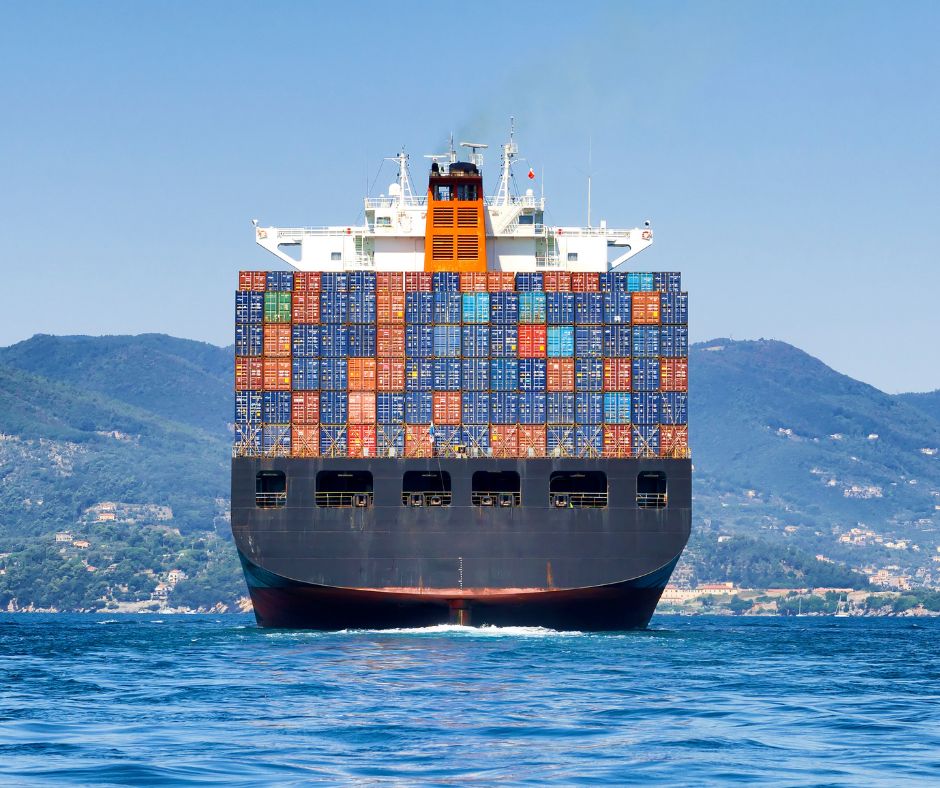For anyone sending cargo internationally, Sea freighting is a well-known option that provides shippers with transportation services at a very affordable rate. As one of the oldest modes of freight transportation, it is also one of the most accessible, as oceans and waterways cover the majority of our planet. Sea freight transports more than 90% of all goods transported worldwide. But, with other modes of transportation such as air, road, and rail, why should anyone consider sea freighting? Continue reading to discover the Top Five Advantages.
Economical
The sea freighting industry, hands down, provides the most competitive freight costs to shippers, especially over long distances. According to some estimates, sea freighting costs four to six times less than air freight shipping. With statistics like this, it’s easy to argue that Sea shipping is the most cost-effective international shipping option.
Efficiency
Sea freighting can usually accommodate your needs regardless of the size of your shipments. Smaller shipments can be combined with other cargo to fill a container, allowing transportation costs to be shared. Larger cargo can be loaded into one or more containers, providing shippers with unrivalled bulk options. Because they are designed to transport large amounts of goods or raw materials, vessels are the ideal way to move high volumes of cargo.
Capability for oversized, heavy, and bulky cargo
The ability of shipping companies to handle oversized, heavy, or bulky cargo, also known as breakbulk or Not in Trailer (NIT) loads, is a significant advantage of sea freighting. Large vehicles, equipment, construction materials, and other items may be transported as cargo. Very large cargo, which is frequently too heavy or large for air freight or even over-the-road transportation, is not a problem for many shipping vessels.
Safety
Sea freighting is designed to transport hazardous materials and dangerous cargo safely. The industry is well-versed in the handling of such items and has rules in place to secure the vessel, crew, cargo, and surroundings. Cargo loss caused by incidents during transportation is steadily decreasing as maritime safety improves, and has decreased significantly over the last decade. Containers are designed to be sealed and sealed during shipping for better protection.
Environmental sensitivity
Air and many other modes of transportation have much higher carbon footprints than sea freighting, which is damaging to the environment. Ships, on the other hand, are the most carbon-efficient mode of transportation, emitting fewer grammes of exhaust gas per tonne of cargo transported than any other mode of transportation. These already-low emissions will continue to fall as technology advances, new ships enter service, and liquefied natural gas (LNG)-powered options are used.







